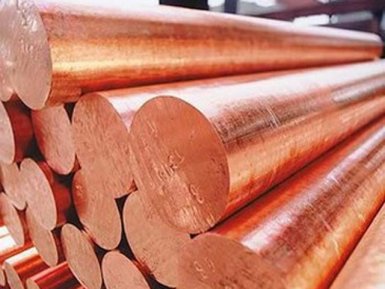Secrets of soldering tin

Are you interested in the secrets of soldering tin from the supplier company AvecGlob? Here you will find the necessary information on this topic.
Process Features
The main stages of work with tin alloys during soldering are as follows:
A thorough cleaning of the metal to be bonded, using abrasive or chemical agents;
When soldering with tin, the use of flux is mandatory in order to remove oxides upon heating and to promote spreading and wetting of the solder;
The parts that are subjected to soldering are joined together in such a way that there is a gap of 0.025 to 0.125 mm between them.
The sequence of soldering is as follows: the joint is heated by a soldering iron, the solder is then fed, the soldering tip is moved uniformly throughout the joint, the joint is kept at the specified temperature, then cooled. After that, the flux residues are removed.
Supplier — AvekGlob Company — offers various types of products from tin of domestic and foreign production, which meets the requirements of standards. The products are offered at affordable prices from the manufacturer. The supplier guarantees the timely delivery of products to any address specified by the consumer.
Areas of application of tin soldering processes
Lead solders are widely used in the electrical and plumbing industries. Such alloys are also used for soldering brass and copper automotive radiators. Solders are supplied in the form of wire, bar or pre-mixed paste, depending on the application.
Fluxes based on zinc chloride are used on copper alloys with the addition of hydrochloric acid for stainless steels.
For electronic circuits, non-corrosive rosins based on rosin using alcohol are required, which are used to obtain a good bond. Soldering can be performed using a torch, a soldering iron, a flame heater or an induction heater. Soldering is used in the automotive industry, and devices for wave soldering are used in printing, as well as in the production of chains.
Tin solders
The most common solders are alloys of lead and tin. Since these metals can be alloyed over the entire range of proportions, an infinite number of compositions are possible; in practice, however, most solders contain between 30 and 70 percent tin, with occasional minor additions for special purposes. In addition to a single alloy, a eutectic alloy consisting of 62% of tin and 38% of lead, all other tin-lead solders soften in the temperature range before melting; This «pasty range» is used in some applications to improve the efficiency of soldering.
The main use of solders is the electrical connection in the electrical and electronic industries. At present, a large number of modern equipment, especially in electronics, is assembled on high-speed automated production lines, in which a large number of soldered joints are simultaneously produced.
Special tin solders are designed for specific applications. For example, lead-free solders are produced for use in domestic water supply systems, especially for drinking water. These are tin alloys with the addition of a few percent copper or silver.
Supplier — AvekGlob Company — offers to purchase tin in a wide range of profiles and technological applications. Products can be bought at a price formed on the basis of European and world standards. Implementation is possible in bulk and retail, for regular customers, a flexible system of discounts operates.


